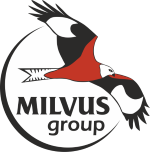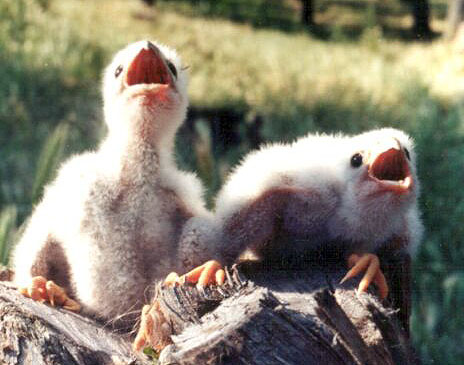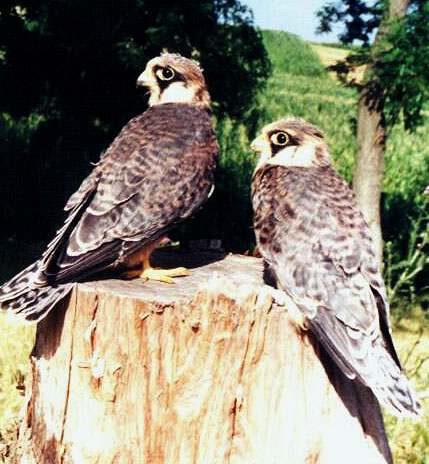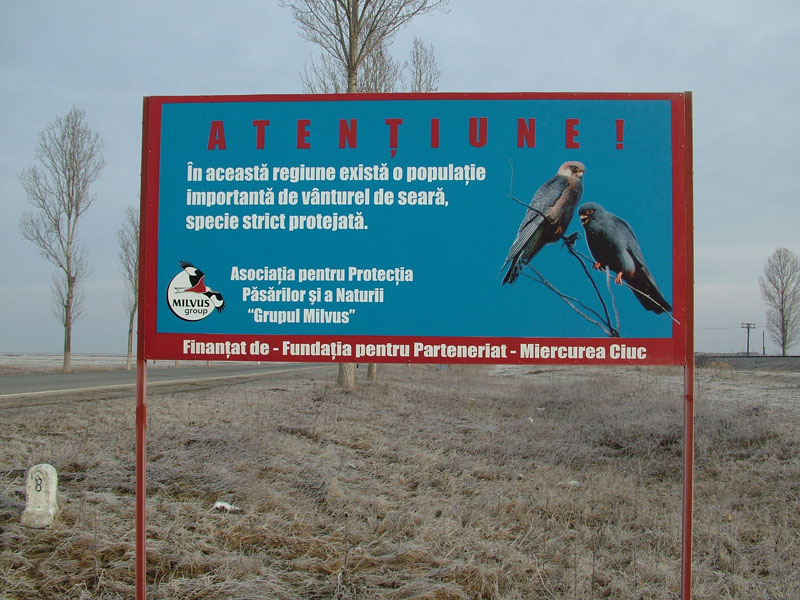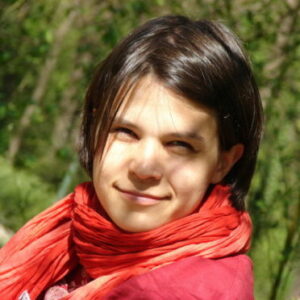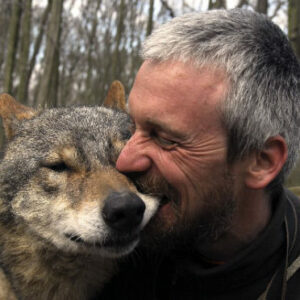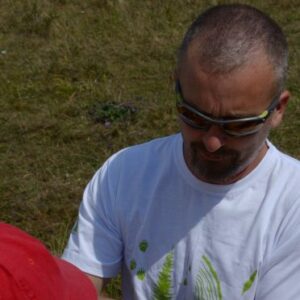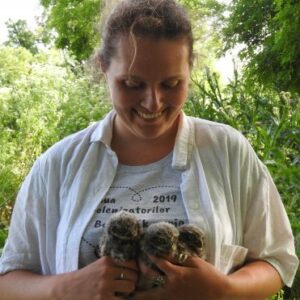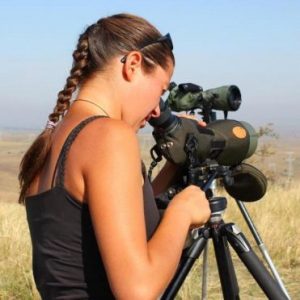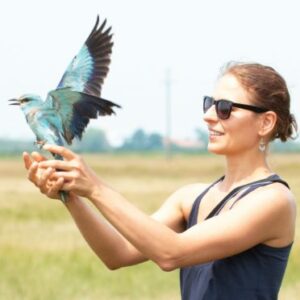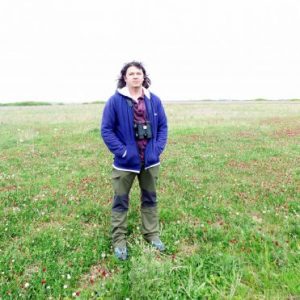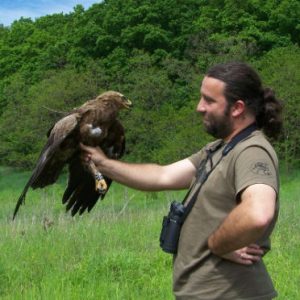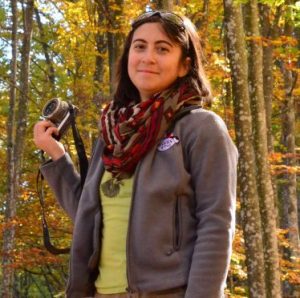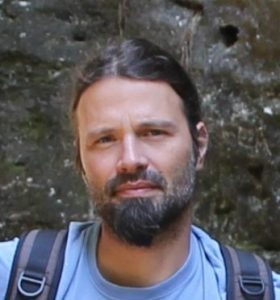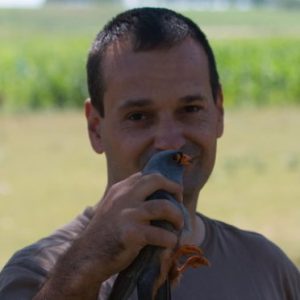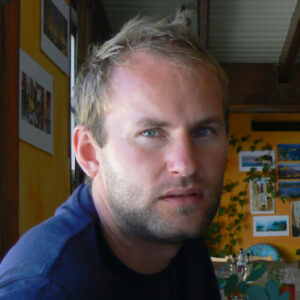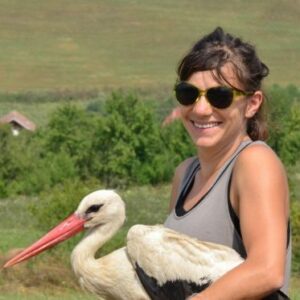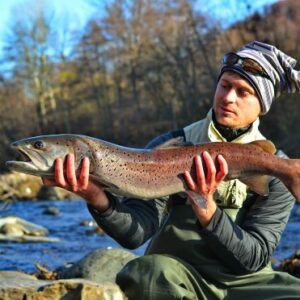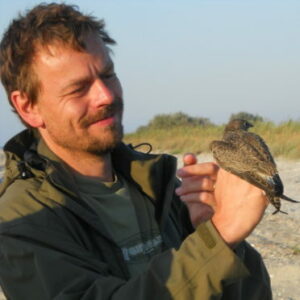The program named “The Red-footed Falcon has to be saved!” was designed to face the factors threatening the species, and to safeguard the future of this beautiful and rare raptor in the Western Plains of Romania. The first year of this project was financed by the Romanian Environmental Partnership Foundation; one of our most important supporting pillars for raptor conservation in Romania.
To face the main problems we undertook the following main activities:
- localizing of the four most important colonies in Arad and Bihor counties
- preparing of the scientific documentation needed to declare these colonies Nature Reservations
- assessing of the Red-footed Falcon population in Satu Mare and Timis counties (the two other counties covering the Western Plain) with the involvement of volunteers
- enhancing the breeding possibilities by placing out artificial nests
- raising public awareness – mainly among local people – about the importance of the survival of the species in the area, as well as about the benefits of Rookeries for the agriculture (to place out message boards, editing leaflet, publishing newspaper articles, holding seminars and presentations etc.)
The selected four target colonies are the following:
1. Presently it’s the second* biggest colony of the region, with 18 breeding pairs in 2005. It lies at 25 km north of Oradea , along the Barcau River , near the Hungarian border. The colony is installed in four separated robinia woods, of apr. 0.5 ha each. Between the woods the area is covered by pastures, arable fields and the old riverbed of the Barcau. Other breeding species with conservation interest are: Little Egret – Egretta garzetta , Night Heron – Nictycorax nictycorax , Common Kestrel – Falco tinnunculus , Roller – Coracias garrulus , Lesser Grey Shrike – Lanius minor . During migration Booted Eagles – Hieraeetus pennatus and Short-toed Eagles – Circaetus gallicus have been recorded regularly.
2. This colony lies 15 km south of Oradea , in a patch of locust trees. This was the first colony we’ve found a couple of years ago. Once it has had up to 30 breeding pairs, but in 2003 only 3 pairs commenced breeding. We’ve considered that the place has a great potential, and hoped that the birds will re-colonize the area after the biggest problems are solved – the main problem being the lack of nests, because of the persecution of rooks. As a direct result of our activities, the number of breeding pairs has been increased up to 8 pairs in 2005. Other important breeding species: Common Kestrel – Falco tinnunculus and Golden Oriole – Oriolus oriolus , but Montagu’s Harrier – Circus pygargus was also recorded for several times in the breeding season.
3. The colony lies right near the border of Bihor and Arad counties, rounded by huge salty pastures and an oxbow of the Teuz rivulet, with 3-4 pairs of breeding . The main problem of this colony is the persecution of rooks, unfortunately done every year. Several pairs of Common Kestrel – Falco tinnunculus and Lesser Grey Shrike – Lanius minor breed here, too.
4. This colony can be found northeast from Chisineu Cris, by the side of the road. The number of breeding falcons varies between 7-15 pairs , the main problem being the acute lack of nests, as no Rookery exists in the are, the falcons are using mainly the nests of Hooded Crows – Corvus.c. cornix and Magpies – Pica pica . Other breeding species: Common Kestrel – Falco tinnunculus , Long-eared Owl – Asio otus , Roller – Coracias garrulus , Hoopoe – Upupa epops and Lesser Grey Shrike – Lanius minor .
* Just at the end of the project we found the biggest colony of the region, which lies in the vicinity of Sagu ( Arad County ). It is formed by three separate patches of locust trees, hosting 67-70 pairs of red-footed falcons altogether. We’ll propose this site to be included into the Natura 2000 network, as Special Protected Area.
